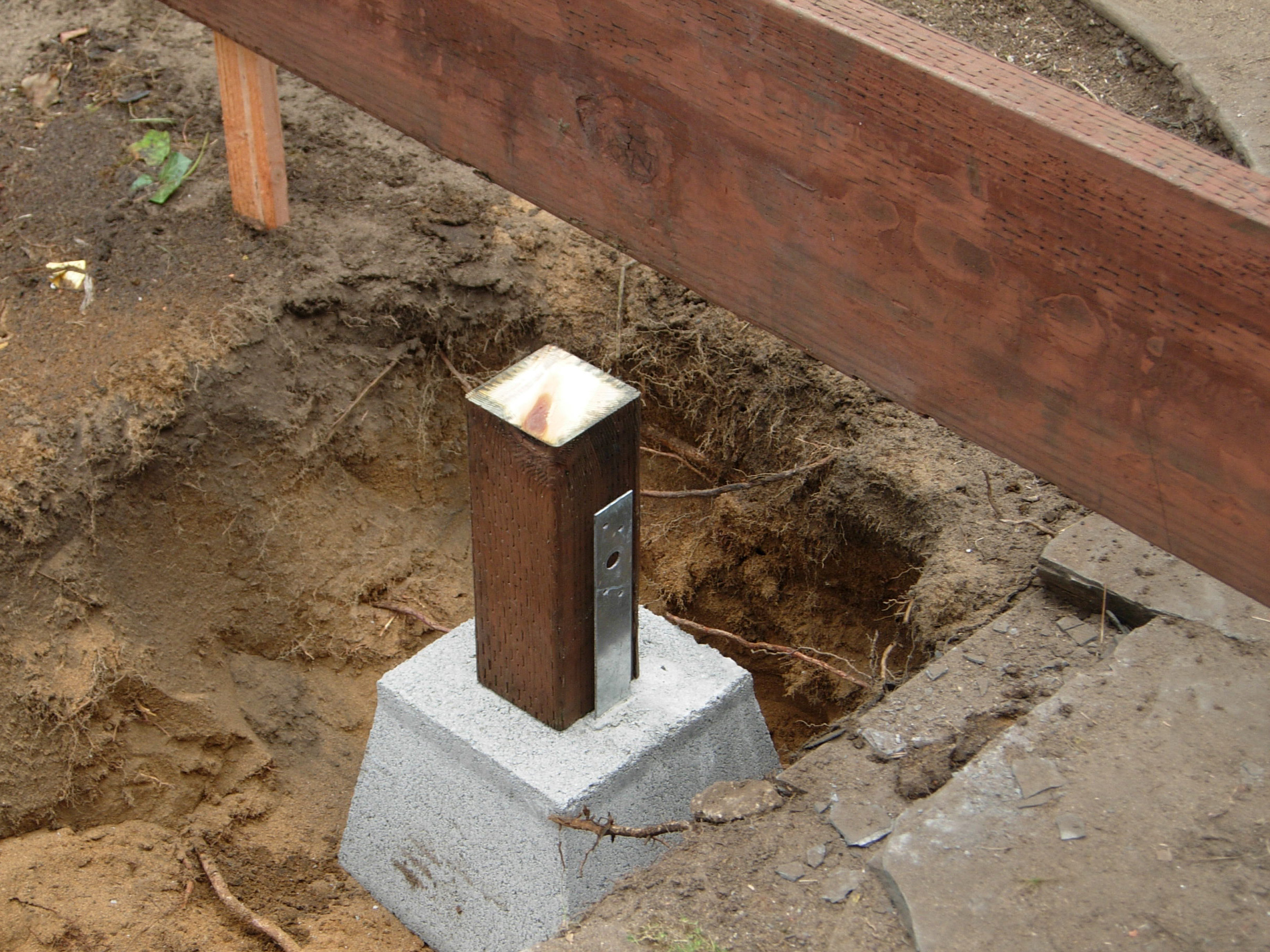
The foundation will be resistant to temperature shifts, can support storing heavy equipment or cars, and is ideal for most types of soil and terrain. A lumber frame sits on top of these piers, spreading out the weight of the shed.Īlthough this type of shed foundation is more costly and isn’t necessary for smaller sheds, concrete piers and lumber provide a permanent, frost-proof foundation. This design is normally made up of seven or more concrete piers that are made by digging 4 feet down and pouring concrete into a mold placed in the hole. While the basic materials required for a shed foundation are determined by the size and weight of the structure, the location in the yard, and the climate, the best materials for any shed’s strong foundation are a combination of concrete piers and lumber. Select the best materials for your shed foundation.

The foundation types for these sheds include concrete piers and lumber, or a concrete slab.Ĥ. These sheds’ larger size and greater weight require a deeper foundation that can support a bigger structure without shifting or cracking. Larger sheds, more than one story high or greater than 160 square feet, should avoid the on-grade foundation style for support.The types of foundation for these sheds can include a gravel pad, paving blocks and lumber, solid concrete blocks and lumber, or deck blocks and lumber. Small- to medium-sized sheds, up to 160 square feet, can rest on an on-grade foundation.The type of foundation and the material used relate to the size of the shed and the weight of the items you will store inside. Size matters when considering shed foundation material.Ĭonstructing a shed foundation is a great task for those warm, summer months, but is one project that you won’t want to undertake without a plan. Frost-proof foundations are considered the better foundation of the two types, but will cost more and might be unnecessary if your shed is of average or small size.ģ.

#CONCRETE DECK BLOCKS FOR SHED FOUNDATION INSTALL#
This is because their construction requires digging below the frost line to pour concrete and install support piers to prevent the structure from shifting during seasonal temperature changes. On-grade foundations tend to be cheaper to build, but can be used only with small- to medium-sized sheds.įrost-proof shed foundations support more weight than the on-grade foundations and are considered permanent. This is because they often are made of lumber or concrete blocks that do not require digging deep holes or pouring concrete footings. Shed foundations tend to fall into two different categories: on-grade and frost-proof choices.įoundations categorized as on-grade sit directly on the ground and are the quicker of the two foundation types to construct. Select either an on-grade or frost-proof foundation. Beyond these considerations, take into account current locations of, or space required for, permanent fire pits, furniture, the kids’ swing set or jungle gym, as well as the overall layout of the yard. In general, the site for the shed foundation should have about a 2-foot clearance around the perimeter, easy access to required utilities, and no overhanging branches or nearby tree roots.

If the shed will have electricity or water running to it, plot out the best paths for these utilities and select an area that will be easy to access. Avoid areas too close to trees, since growing roots can quickly displace or grow through a foundation. With the local regulations in hand, take a look at the landscape of the yard and decide the best place to begin building a shed foundation. Depending on the city or town, zoning laws might dictate where in the yard homeowners can build a shed, size restrictions on the shed, and what type of materials you can use. Begin this selection process by verifying the zoning laws in your area.

Before selecting materials or planning the exciting parts of the shed’s design, you need to choose a location.


 0 kommentar(er)
0 kommentar(er)
